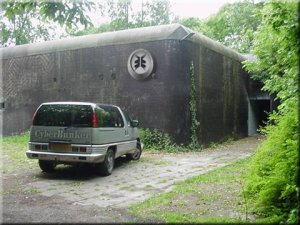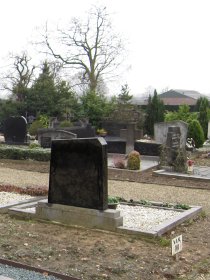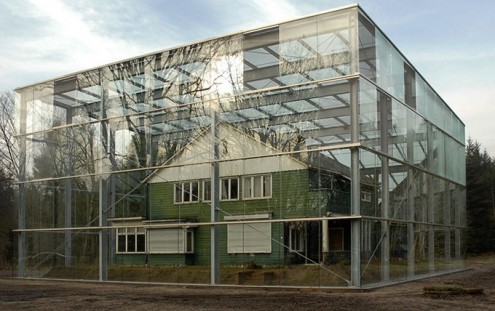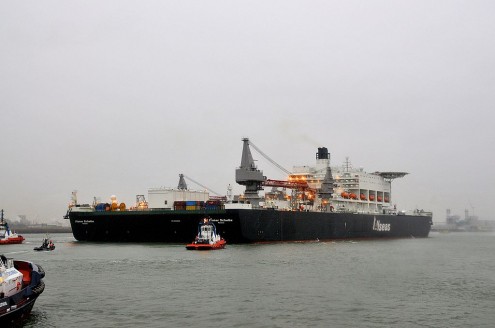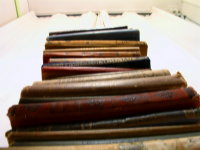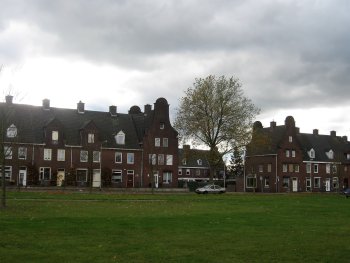
The ‘hunger winter’ of 1944 as it is called here was a time when all the cities of the western Netherlands went hungry during a famine the country had never experienced before. An estimated 18,000 to 22,000 people died because of the famine, mostly elderly men.
In The Hague, paediatrician Willem Karel Dicke noticed that the children in his care with celiac disease were improving, as they were starving. At that time, doctors had known about celiac for years, but there was no consensus on its cause or how to treat it. Today, celiac disease is known to be a genetic autoimmune disorder.
In the 1930s Dicke had suspected that wheat was the main celiac offender, although the recommendation at the time was eating bananas rather than eliminating wheat. When the famine hit, people ate anything they could find, including ground up tulip bulbs which had next to no nutritional value, and contain glycoside, which can be poisonous. What Dicke noticed though was that starving children with celiac deteriorated less quickly. And once wheat products were available again, the children would get sick. The mortality rate of children in the Netherlands with celiac fell during the food shortage from 35 percent to nearly zero.
Once wartime was over and food was more readily available, children began suffering from celiac disease. Dicke then conducted years of research to prove and record what he had observed during the war. “In 1948, using five test subjects, Dicke provided different cereals for them to eat, carefully measuring patient weight and examining feces for fat absorption. In 1950, Dicke published his findings that wheat and rye flour aggravated celiac symptoms. Importantly, he also gave the children wheat starch to no ill effect, discounting the theory that complex carbohydrates were the cause, another working theory at that time. With the help of other colleagues, he later pinpointed gluten as the ultimate culprit.”
Dicke was almost awarded a greater honour: the Nobel Prize for Medicine, but when he died at age 57 and unfortunately Nobel Prizes are are not awarded posthumously.
(Link: atlasobscura.com, Photo: the Maria Christina neighbourhood in Heerlen, Limburg, built by Hitler)

